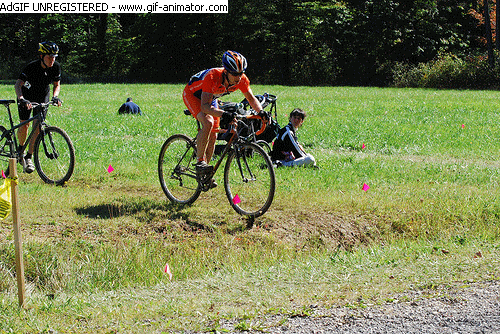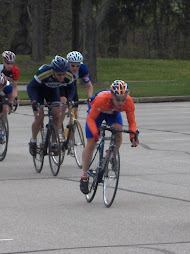Categories: Expert/40+ Open [all Cat 1,2,3,Pro,Semi,Expert], Intemediate Men [Cat 4, sport], Women’s Open, Novice Men [Cat 5, Beginner], Novice Women, Juniors [under 18]
Start Times: 11:00–1:15 Registration Open
12:00pm All Novice/Juniors - 30min.
12:45pm Intemediate Men/Womens Open - 45min.
1:45pm Expert/40+ Open - 1hr.
Awards: Immediately following Expert/40+ Open at Willoughby Brewing Company [top of the hill]
All Categories: 1st Lap “Primes” provided by Willoughby Brewing Company [$10 gift card]
Expert/40+ Open, Cash Payout 15 Deep: 1st $300, 2nd $200, 3rd $150, 4th $125, 5th $100, 6th $90, 7th $80, 8th $70, 9th $60, 10th $50, 11th $45, 12th $40, 13th $35, 14th $30, 15th $25
Women’s Open, Cash Payout 3 Deep: 1st $150, 2nd $100, 3rd $50
All other categories: Merchandise 3 Deep
Series: This is Race #2 of the Bike Authority Cyclocross Series, points will be awarded accordingly. Expert/40+ Open category racers will compete together for the same cash purse, but points will be awarded based on age category defined under series rules. For more info visit: www.teamlakeeffect.net
Entry Fee: $20 [USCF or NORBA license required]
One day permits will be available for $10
USCF permit pending
Website: www.teamspin.com, www.sssmst.com
Contact Info: greg [at] spinbikeshop.com
Todd Field, Willoughby, Ohio
Address: 38264 Glenn Ave, Willoughby, OH 44094
Link to race flyer














